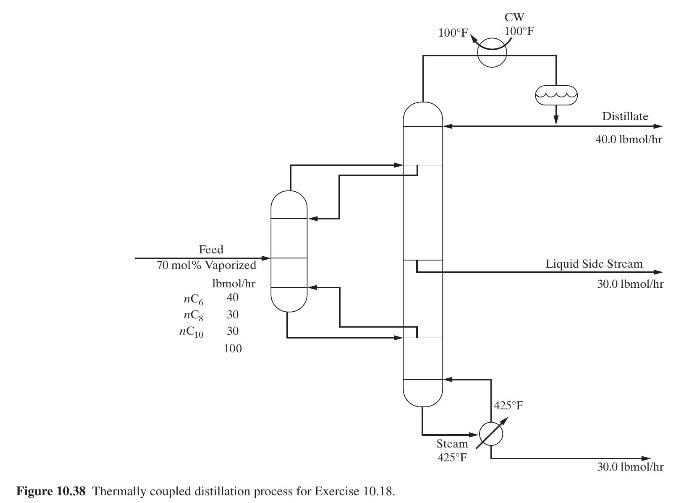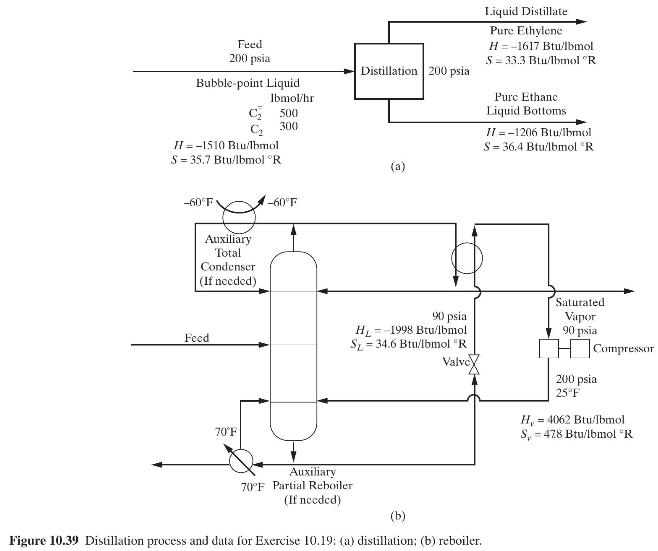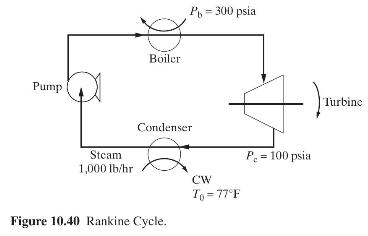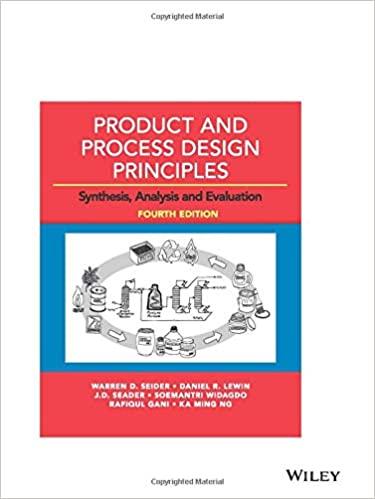The chilled-water plant at the University of Pennsylvania sends chilled water to the buildings at (42^{circ} mathrm{F})
Question:
The chilled-water plant at the University of Pennsylvania sends chilled water to the buildings at \(42^{\circ} \mathrm{F}\) and receives warmed water at \(55^{\circ} \mathrm{F}\). A refrigerant is vaporized in the refrigerant condenser at \(38^{\circ} \mathrm{F}\) as it removes heat from warmed water. The refrigerant is condensed to



a saturated liquid at \(98^{\circ} \mathrm{F}\). The condensing medium is water at \(85^{\circ} \mathrm{F}\), which is heated to \(95^{\circ} \mathrm{F}\) as it absorbs heat rejected from the refrigerant. The warmed condenser water is cooled in a cooling tower in which it is sprayed over a stream containing ambient air. Assume that the ambient air is at \(100^{\circ} \mathrm{F}\) and \(95 \%\) humidity on a hot summer day and is rejected at 100\% humidity. For Phase I of the plant, the cooling capacity is 20,000 tons.
(a) Calculate the flow rates of the chilled water and condenser water in \(\mathrm{gal} / \mathrm{min}\).
(b) Select a refrigerant and its operating pressures. Assuming an isentropic efficiency of \(70 \%\) for the compressor, determine the refrigerant flow rate and the brake horsepower for the compressor.
(c) Calculate the lost work and thermodynamic efficiency.
Step by Step Answer:

Product And Process Design Principles Synthesis Analysis And Evaluation
ISBN: 9781119355243
4th Edition
Authors: Warren D. Seider, Daniel R. Lewin, J. D. Seader, Soemantri Widagdo, Rafiqul Gani, Ka Ming Ng





